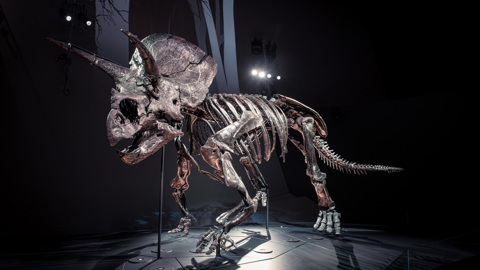How plants spread seeds
When plants grow too close together they compete for light, water and nutrients. Seed dispersal helps plants spread out and grow far away from each other. But how do they do it?
Plants have five main ways to move their seeds. Some simply let their seeds fall to the ground. For annuals (plants that live only one season), this method works fine because the parent won’t be around to compete with the offspring. However, for plants that survive more than one season, having young plants growing nearby and competing for resources is not a good plan. How do plants solve this problem?
Some plants use wind to disperse their seeds. When you think about plants spreading their seeds, you may think of dandelion seeds being carried on the wind. In fact, if you have ever blown on a dandelion to make a wish, you may have helped a plant disperse seeds to new habitats.
Another way to send seeds far away is to have them hitch a ride with an animal.
Plants using this method often have seeds that are sticky or covered with barbs, perfect for attaching to unsuspecting passers-by. Have you ever played in the grass and realised you've collected prickly seeds all over your shoes and socks? If so, you've helped the Bindi weed carry its seeds far away.
Sometimes seed dispersal is helped by insects – especially ants. Ants are attracted to seeds as food. They carry the seed to their nest where part of it is broken off to eat and the rest is left intact to grow into a plant. Plants have evolved this two-part seed for mutual benefit to both ants and plants – it’s a win-win!








